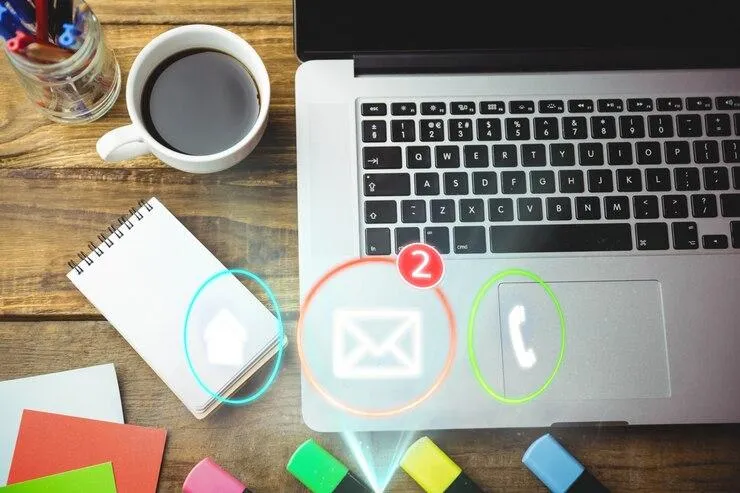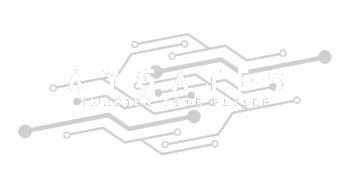Customer retention is the lifeblood of any business. Acquiring new customers is important, but retaining existing ones is often more cost-effective and leads to higher profitability. One of the most powerful tools to enhance customer retention is email automation. By leveraging automation, businesses can engage customers with timely, relevant, and personalized communication throughout their journey.
In this blog, we’ll explore how to use email automation to boost customer retention, step-by-step, along with best practices, examples, and answers to common questions.
Why Customer Retention Matters
Cost Efficiency: It’s 5–25 times more expensive to acquire a new customer than to retain an existing one.
Higher ROI: Existing customers are more likely to repurchase and spend more than new ones.
Brand Advocacy: Retained customers often become brand advocates, referring others to your business.
Email automation helps nurture these relationships by ensuring consistent, value-driven communication.
How Email Automation Enhances Customer Retention
Personalized Customer Journeys
-
Use customer data to segment audiences based on behavior, preferences, and purchase history.
-
Send targeted emails that resonate with individual needs.
Timely Engagement
-
Set up automated triggers for critical milestones like purchases, anniversaries, or inactivity.
-
Keep your brand top-of-mind with consistent, meaningful touchpoints.
Proactive Support and Education
-
Provide resources, tips, and FAQs to help customers get the most from your product or service.
-
Use automated follow-up emails to address common issues or queries.
Exclusive Loyalty Rewards
-
Offer discounts, loyalty points, or VIP access to encourage repeat purchases.
-
Automate notifications about rewards milestones.
Feedback and Improvement
-
Automate surveys to collect feedback and demonstrate that customer opinions matter.
-
Use the insights to refine your services and communication strategies.
Step-by-Step: Setting Up Email Automation for Retention
Step 1: Choose the Right Email Automation Software
Select a platform that offers robust features like segmentation, behavioral triggers, analytics, and integrations. Popular tools include:
-
Aygates
-
Mailchimp
-
ActiveCampaign
-
HubSpot
-
Klaviyo
Step 2: Segment Your Audience
Break your customer base into groups based on:
-
Purchase frequency
-
Demographics
-
Engagement levels (active vs. dormant customers)
-
Interests or preferences
Step 3: Define Your Retention Goals
Set clear objectives for your campaigns, such as:
-
Increasing repeat purchases
-
Reducing churn
-
Improving customer satisfaction scores
Step 4: Create Engaging Email Campaigns
Welcome Emails
Greet new customers with a warm message and tips to get started.
Example: “Welcome to [Brand]! Here’s How to Get the Most Out of Your New [Product].
Educational Emails
Share tutorials, guides, or FAQs to help customers use your product effectively.
Example: “5 Tips to Maximize Your [Product/Service] Experience.”
Anniversary or Milestone Emails
Celebrate milestones like a year with your brand or reaching loyalty program tiers.
Example: “Happy 1-Year Anniversary! A Special Gift for You 🎉.”
Re-Engagement Emails
Win back inactive customers with personalized offers or updates.
Example: “We Miss You! Here’s 20% Off to Bring You Back.”
Exclusive Offers
Reward loyalty with special deals, early access to sales, or premium content.
Example: “You’re Invited: Exclusive VIP Sale, Just for You!”
Step 5: Track and Optimize Campaign Performance
Monitor key metrics like:
-
Open rates
-
Click-through rates
-
Conversion rates
-
Unsubscribe rates
-
Use A/B testing to refine subject lines, content, and timing.
Best Practices for Retention-Focused Email Automation
-
Keep It Personal: Use dynamic fields to include names, purchase history, or preferences.
-
Timing Is Everything: Send emails when customers are most likely to engage (based on past behavior).
-
Focus on Value: Ensure every email offers something valuable, whether it’s information, a discount, or appreciation.
-
Stay Compliant: Follow GDPR, CAN-SPAM, and other regulations to maintain trust and avoid penalties.
FAQs About Email Automation for Retention
1. What types of emails are best for customer retention?
Retention-focused emails include:
-
Welcome emails
-
Product usage tips
-
Exclusive offers
-
Re-engagement campaigns
-
Feedback and review requests
2. How often should I send emails to retain customers?
The frequency depends on your audience and industry. Typically, 1–2 emails per week is effective without overwhelming recipients.
3. What tools are best for email automation?
Some top tools are Mailchimp, ActiveCampaign, Klaviyo, and ConvertKit. Choose one that integrates with your CRM and analytics software.
4. How do I measure the success of my retention campaigns?
Key metrics to track include:
-
Retention rate
-
Customer lifetime value (CLV)
-
Engagement metrics (opens, clicks, conversions)
5. Can email automation prevent customer churn?
Yes, with proactive engagement strategies like re-engagement campaigns and feedback loops, email automation can reduce churn by keeping customers connected to your brand.
Conclusion
Email automation is a game-changer for businesses looking to strengthen customer relationships and boost retention. By delivering timely, personalized, and value-driven messages, you can keep your customers engaged, satisfied, and loyal to your brand.
Start by setting up segmented campaigns, monitoring their performance, and continuously optimizing based on customer feedback. Retention isn’t just about keeping customers—it’s about turning them into lifelong advocates.
Are you ready to implement email automation for retention? Get the best email automation software at Aygates. Let us know your challenges or share your success stories in the comments!






